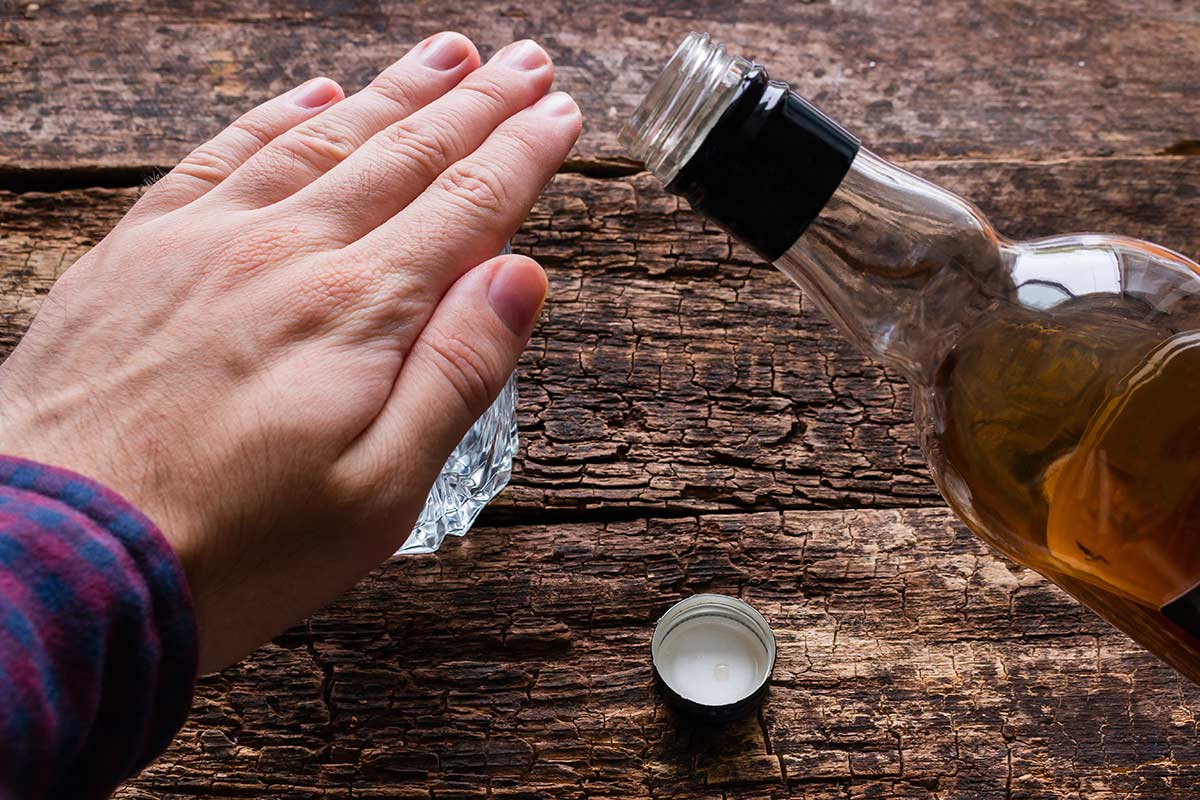Some addicted batterers are sabotaged in alcohol treatment by their victims because they may be less dangerous when intoxicated. While this is certainly not always the case, and while many batterers are significantly more dangerous when using alcohol, there are some batterers who become more “sedated” when using. Partners who resist alcohol treatment for addicted batterers may “enable” the addicted partner as a way to be safe from harm. In fact, “enabling” may actually involve a concerted effort to “sedate” a batterer. Partners of addicted batterers may provide alcohol and share in alcohol use in an attempt to better manage volatile situations. In this way, enabling becomes part of the victim’s safety plan.
Active participation in alcohol treatment programs can also be a time of increased danger for victims of addicted partners who become more volatile when sober. When a batterer leaves alcohol treatment prematurely, the risk of domestic violence can be significantly increased and more dangerous. Addicted batterers who have not completed treatment are unstable due to withdrawal symptoms. They are more sensitive to stress and more likely to act out.
Some partners of addicted batterers find themselves in a no-win situation when the batterer stays in treatment. Since programs encourage family participation, the risk of “upsetting” the batterer in therapy perpetuates the domestic violence cycle. Batterers blame their victims for the violence, and victims often assume responsibility for it. Domestic violence is not treated in couple’s therapy for this reason. Another reason domestic violence is not treated in couple’s therapy is that the therapy sessions themselves become justifications for later episodes of battering. For example, some programs encourage partners to openly discuss the negative impact of alcohol use and to confront inappropriate behavior and denial. Such appropriate participation in the family portion of alcohol treatment programs can endanger the physical safety of the addicted batterer’s partner.

Families of domestic violence should fully inform the staff of alcohol treatment programs about their history of violence since alcohol treatment and early return to family life can be times of high and serious risk. Families should also ask treatment programs to individualize services in order to honor safety needs. While alcohol recovery is a primary need, it is dangerous to defer safety issues since risks can significantly increase in early treatment and early abstinence. Partners should also pursue domestic violence services while the addicted batterer is in treatment and newly sober to create a plan for safety in managing alcohol treatment or for exiting the relationship.
After the treatment, you can’t stop negative thoughts from popping into your mind, especially in reaction to something upsetting such as a behavior or comment by the recovering addict. What you can do and should practice is changing those negative thoughts into something more positive. For example, if you feel that things aren’t changing fast enough with respect to the recovering addict’s being able to function according to how you think he or she should change that thought to one that acknowledges that recovery takes time and that you will give it the time it needs. You can’t always immediately figure out how to see the positive in a negative. Give yourself some leeway and try to keep the negatives out of your verbalized comments or your body language. If you don’t feel comfortable saying something, leave the room until you can speak in a more positive tone. Since it is difficult to change the way you view things, give it time and keep practicing.




















